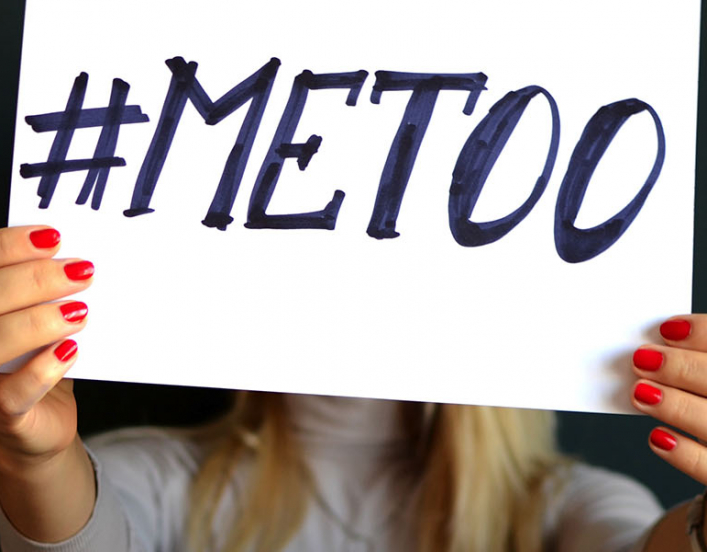Limiting Our Livelihoods: The Cumulative Impact of Sexual Harassment on Women’s Careers (2019)
Workplace sexual harassment can take a toll on women’s physical and mental health, limit their job choices, reduce prospects for career development and even force them out of the workforce. These negative effects compound over time, reducing women’s lifetime earnings and contributing to both the gender and retirement wage gaps.

Engage with the Research
AAUW fights for economic security for women throughout their entire lifespan. Learn more about harassment and the pay gap can combine to have an even more damaging impact on women’s careers and livelihoods – and join us in the fight for fair pay and economic justice.
The Toll of Workplace Sexual Harassment
Workplace sexual harassment threatens women’s mental health and physical safety.
- Psychologists report that sexual harassment can lead to depression and post-traumatic stress disorder. Organizational behaviorists link it to an increased risk of long-term physical health problems
It erodes women’s short- and long-term economic security.
- In AAUW’s survey of 311 women, 38% of women who’d been harassed said it contributed to their decision to leave a job early, and 37% said it disrupted their career advancement.
- When women decrease their hours or leave their job to avoid a harasser, it reduces their wages and ability to save and build wealth.
- Older women who leave a job because of harassment often face ageism on the job market and may consequently retire early, missing out on what might have been their peak earning years.
- Women who report harassment risk receiving unjust performance reviews, getting ostracized by coworkers and being denied promotions or raises.
It contributes to the leadership gap.
- According to the Institute for Women’s Policy Research and AAUW, women who attempt to avoid a harasser can miss out on valuable on-the-job training and mentorship — which are critical in helping women rise into leadership positions.
The impact [of being sexually harassed] has been profound: insomnia, anxiety, depression. It has had very negative effects on my career.
—Susan, 55
The harassment included comments about my body, sexual advances and groping … It definitely contributed to my changing [and] taking a lesser paying job four months later.
—Lynn, 34
I was ‘encouraged’ to find employment elsewhere and told that reporting would reflect badly on me.
—Ramona, 49
Limited Access to Justice
The report also details the limits of legal remedies for dealing for workplace sexual harassment, which can discourage people from reporting issues.
Barriers to justice include:
- Narrow standards about the kinds of employers covered by existing laws. For example, employers with fewer than 15 employees are exempt.
- The exclusion from coverage of various categories of workers, including contractors and unpaid interns.
- A limited time frame for bringing charges.
- Onerous standards of proof: Courts have narrowly interpreted the definition of sexual harassment so many egregious complaints have not met the required standard.
- Reduced liability: The Supreme Court has narrowed the circumstances in which employers and coworkers can be liable for harassment.
- Non-disclosure agreements and mandatory arbitration that can prevent employees from speaking out and/or pursuing legal remedies.
How Can We Solve the Problem?
AAUW calls on lawmakers and employers to create a culture where sexual harassment is not tolerated. Some of the recommendations in the report include:
- Employers should outline a comprehensive harassment policy, create a complaint procedure that offers a range of reporting methods, provide employee and manager training, and regularly conduct anonymous workplace surveys.
- Congress must pass the BE HEARD Act (including the Protecting Older Workers Against Discrimination Act), the EMPOWER Act, the Paycheck Fairness Act, and the Fair Pay Act.
- State policymakers must pass bills to stop workplace harassment and close the gender pay gap.



